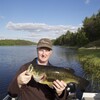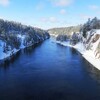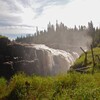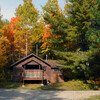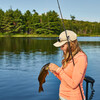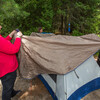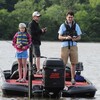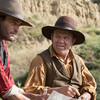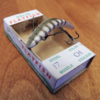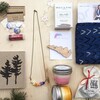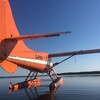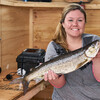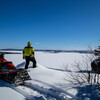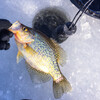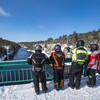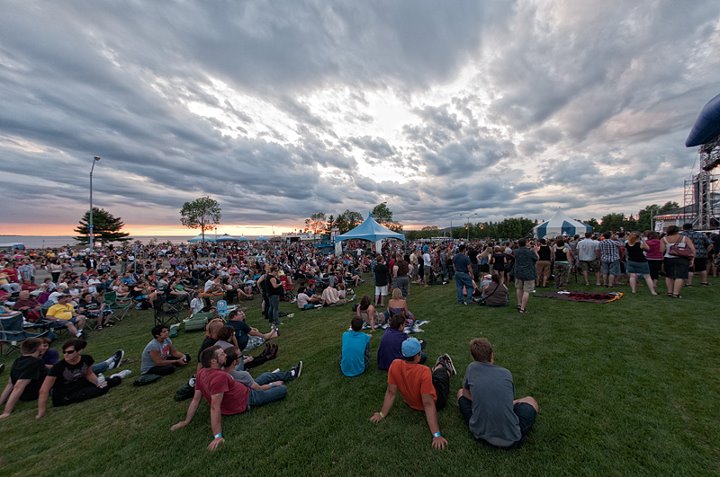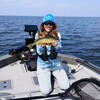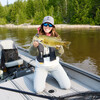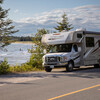
The Great Canadian Kayak Challenge: Part One
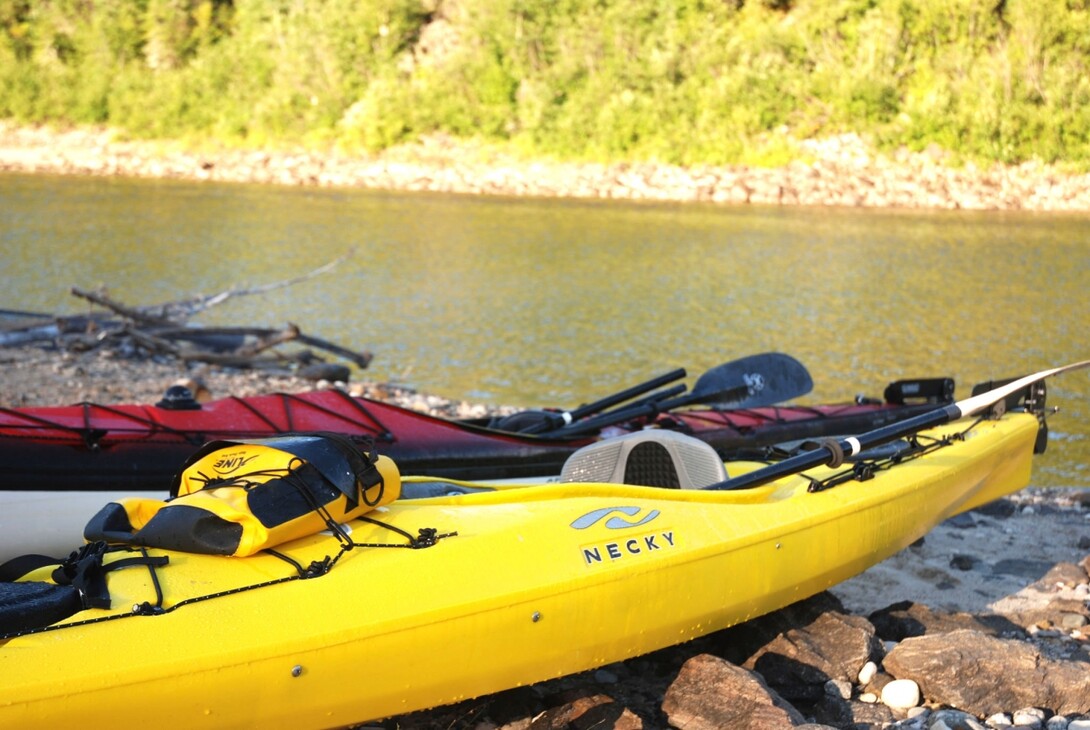
Editor’s Note: This is the first of two articles about Kevin’s voyage to the Great Canadian Kayak Challenge – check out Part Two here!
I jumped the gun a bit when the tourism gang from the Timmins region invited me up to participate in the Great Canadian Kayak Challenge. I agreed to race; basically because I love the Timmins area. Problem is, I’m a canoeist, not a kayaker. I also don’t have much of a competitive spirit. The last race I took part in was at a church picnic when I was eight years old and involved running across a field balancing a hard-boiled egg on a spoon. I’m definitely not anti-kayak like some of my canoe mates, but to me, the joy of paddling is to gently glide across a mist-covered lake in a canoe, not squeezing into tight neoprene and propelling myself across the water as fast as possible, looking something like a dog wiping its butt across the carpet.
But then again, I love Northeastern Ontario, so there was no way I was going to pass up being there for such an event. Of course, there was still the issue of learning how to kayak. For that I contacted an outfitter I knew from Smooth Rock Falls – Rick Isaacson of Howling Wolf Expeditions. His idea seemed simple enough. Rick would take me kayaking down the Abitibi River a few days before the race to teach me the techniques needed to not come in last in the race, or at least to not look like a total geek when getting in and out of the boat.
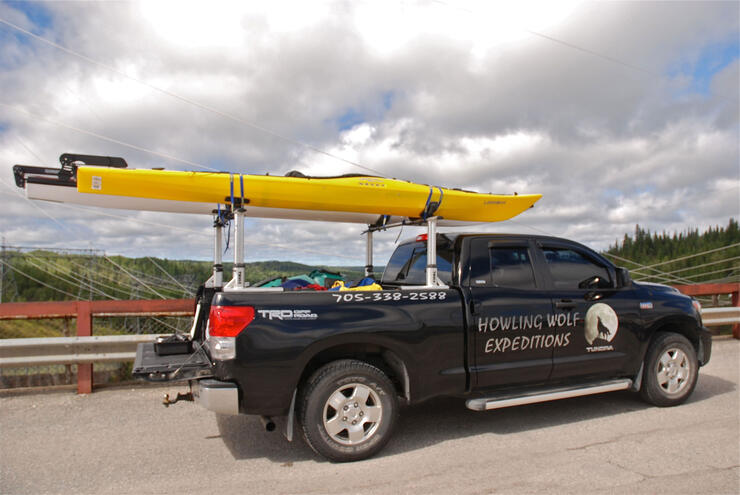
To give myself more time practising out on the Abitibi River, I took a flight out of Toronto to the city of Timmins. The extra cost was well worth it since Rick picked me up at the airport and had us launching at the Abitibi Canyon Hydro Dam by midday.
Abitibi Canyon Dam was built in the early 1930s and once housed enough people to be labelled a good-sized village made up of 70 houses, a church, a school, a post office, and a place to buy groceries and alcohol. Lots of alcohol. It’s now a ghost town – a real ghost town. Two monuments are the basis of the hauntings. One is dedicated to at least four bodies (rumour has it that the number is as high as 200) that lie dead, encased in the concrete dam during the initial construction. It’s titled “The Sons of Martha” and has some of the most profound poetry inscribed on all four sides. A second marker pays homage to the ten hydro employees who died one foggy morning in 1976 after their plane crashed into the hydro tower 250 metres northwest of the dam. With such a high body count, the ghost stories have become legendary.
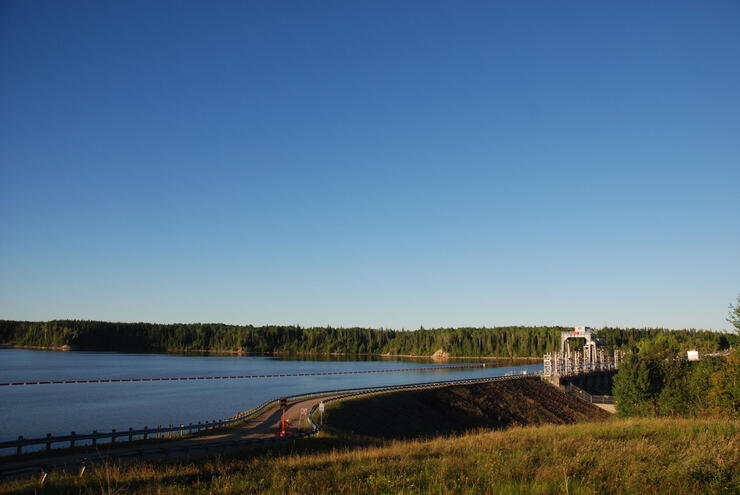
We drove over the wall of cement – one side holding back the Abitibi River and the other revealing the deep canyon lined with a mix of cement and hard granite. Rick then turned down a secondary road to reach the access point downriver.
Joining us were Drew Gauley, the cameraman and photographer for the trip, and Rick’s son Lewis. Lewis’s job was to motor Drew around in a square-stern canoe to get good footage of Rick showing me, the greenhorn, how to kayak. And the lessons started the moment I tried to take a seat.
What an embarrassment. Getting in and out of a kayak without getting wet, and retaining my dignity, seemed next to impossible. Rick, however, showed me a couple of manoeuvres to make me look somewhat graceful. My preferred entry was sliding my butt across the paddle shaft anchored behind the seat and braced against the mud-caked shoreline of the Abitibi. It wasn’t until my third attempt that I slipped into the driver’s seat without mishap.
Next was a lesson on forward motion. It’s definitely not like canoeing. The power comes from rotating the torso, not propulsion of the arms. Keeping the blade low, at least at eye level, and pulling it through the water from tip to hip were a couple of other pointers. The most important element in coach Rick’s arsenal, however, was to make sure to relax each stroke. We had over 40 kilometres to cover in less than two days and the only way for me to do the distance and still have enough Tylenol®-induced muscle power to get over the finish line was to relax each stroke.
We made a pit stop at the old site of New Post Fur Trade. Again, thankfully, we had Rick as the guide. I would have definitely passed this area by. The only bits of evidence of the site being a past homestead and trading post were patches of rose bushes and rhubarb peeking through clumps of aspen, birch, and wild raspberries. The spot was also flat, a rarity along the banks of the Abitibi. The Hudson’s Bay Company post was established in 1867-68 to entice the local Native people to trade here rather than go south to Temiskaming. Also, it was situated at the end of the long portage around the rapids that existed before the construction of the dam. Boats travelling up from Moose Factory were exchanged for canoes travelling downstream and cargo was exchanged. A big white clapboard house was built for the Hudson’s Bay Company factor, along with an even larger store and two smaller buildings to accommodate the Cree trading at the post. When the railway was extended it meant the end of New Post and by 1924 it was abandoned.
Not much remained intact at New Post due to the dam’s fluctuating water levels and continually eroding riverbank. Rick took us further back, through a large stand of mature poplar and stunted spruce, to view the gravesite. Here, a number of Hudson’s Bay workers and Cree were buried. Stone markers and wrought-iron fences mark the European graves and cedar planks mark the graves of the Native people, and growing amongst them all were various species of flowers, introduced here by an elaborate garden once cared for behind the horse stable and dairy. It was a haunting place to be and before heading back to the river we paid homage to the people who lived – and died – here along the Abitibi.
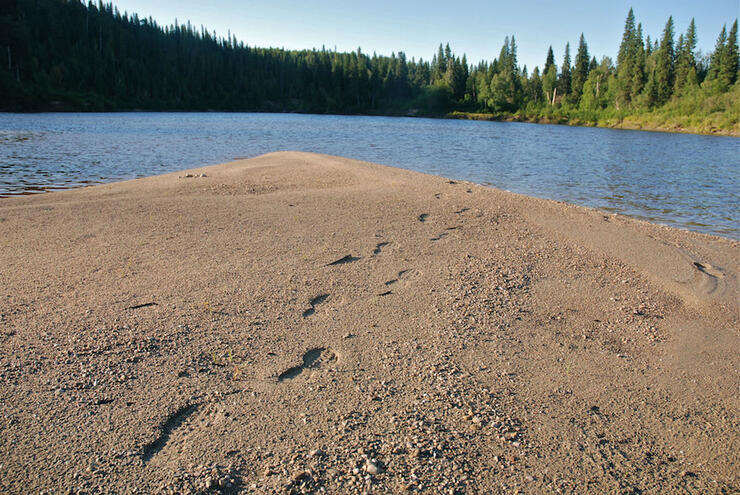
Our first night camp was had upstream on New Post Creek, at the base of New Post Falls. We chose a sand bar that Rick said would be fine to pitch a tent on as long as we broke camp before mid-morning. The waters of the Abitibi are completely controlled by hydro dams and levels fluctuate to provide power all the way to Toronto. Rick, and his son Lewis, obviously knew the river. We were a tad late packing up and almost had our tent float away on us.
A rough, steep, and muddy trail runs along the right side of the falls and the crown jewel of our trip on the Abitibi was walking up alongside the 120-metre cascade and gawking down at silt-laden chocolate-coloured water that connects the Abitibi with the Little Abitibi, two rivers that run parallel with each other. This link makes for an excellent future canoe route to try out, paddling down the Little Abitibi and back up Canyon Dam or down river to take the train back out. Problem is, New Post Falls is slated for a dam soon!
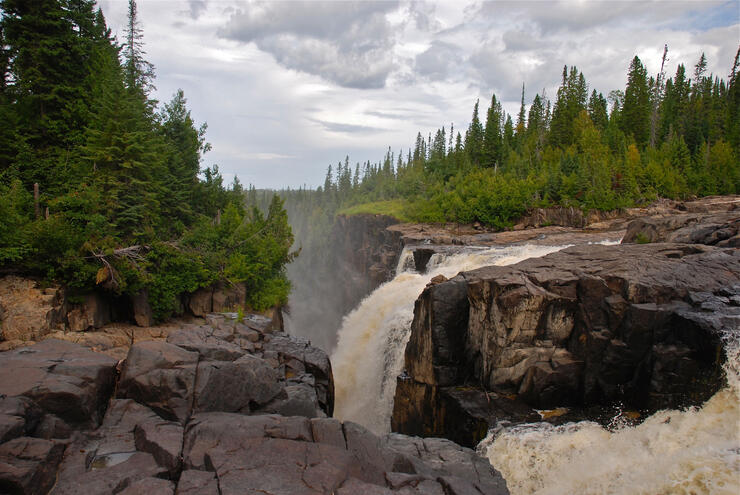
Rick Isaacson is a known advocate against most future dams in the region – including New Post. He definitely doesn’t hold back his feelings to anyone. I wouldn’t classify him as a blind, emotional activist. At first glance, maybe, but the more I got to know Rick, the more I realized how insightful he was, a deep thinker, a northerner who cares for the rich history of the region but also for its future. His passion has gained him allies with local Cree and Ojibway, with politicians and hydro workers, and with southern Ontario canoeists and kayakers. On a recent trip he even guided Gord Downie of the Tragically Hip, and Robert F. Kennedy, Jr. representing Waterkeepers Canada. It’s also made him some enemies. But that comes with the territory, I guess.
From New Post Falls we paddled downstream towards a second hydroelectric dam at Otter Rapids and it took us most of the day to navigate the 25 kilometres of river. Along the way I worked on improving my paddle strokes before the big race. The Abitibi was a perfect testing ground for me. The banks are wide and the wind can build some solid waves. Being able to manoeuvre the kayak, especially without the rudder dipped down in the back, was a challenge. Rick went over the main steering strokes; the first being the forward sweep. Again, it all had to do with the rotation of the torso. To make the kayak turn right, I would lean forward and place the left blade of the paddle up towards the front, by my feet, and then sweep the blade out in an arc until it reaches the back of the kayak. The opposite manoeuvre was used to go left. The reverse back sweep is the reverse of the forward sweep, and by alternating the two I was able to spin the kayak in circles. Then there was the stern rudder and bow rudder; the cross bow rudder, the hanging, standard, and sculling draw – all of which were somewhat similar to what I use to paddle a canoe. What wasn’t comparable was the art of leaning the kayak in one direction to move it in the other. This tactic was absolutely beneficial to keeping the kayak in continual forward motion but still in a straight line.
The steering techniques came in handy when we reached a cluster of islands near the Otter Rapids Dam. Here, where the current squeezed through mounds of granite and the landscape looked more like what you’d find along Georgian Bay than in the James Bay lowlands, moderate swifts and large boils of water made for some interesting manoeuvres to stay upright in the kayak. I kept close to Rick’s boat, followed his every move, and came out of the rough water without mishap.
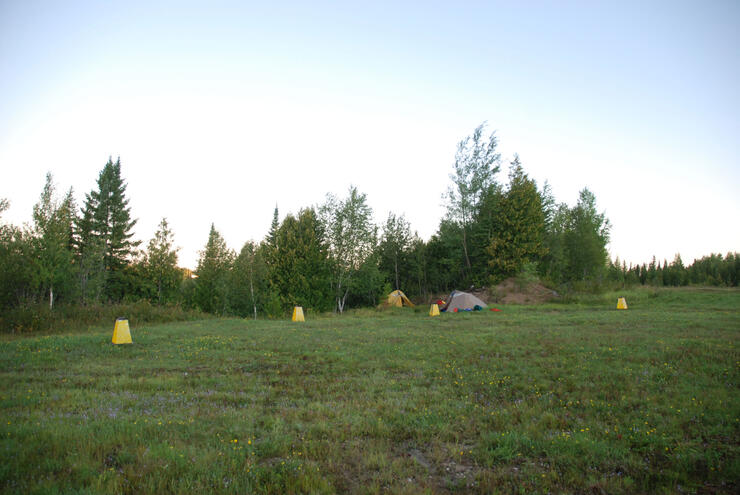
At first glance, the islands looked like a great place to spend our last night on the river. No campsites existed, however, and we were forced to set up our tents alongside the helicopter pad at the Otter Rapids Dam site. The large clearing was on the right but we took out on the left, loaded our gear in Rick’s son’s truck and shuttled it across the dam.
Needless to say, this wasn’t just a great way to get acquainted with kayaking, and properly prepped for the Kayak Challenge, but this is a trip easily replicated by anyone, expert or otherwise. If you’re intrigued by the idea of immersing yourself in an environment steeped in history and natural splendour, Howling Wolf Outfitters is just the thing for you. With return flights from a number of cities to Timmins on Porter this is not just an epic trip, it’s an affordable getaway that goes beyond the average camping trip.
Next up: The Great Canadian Kayak Challenge! Did I get enough training to really compete? Stay tuned for Part Two!
Recommended Articles
The Seven's Best Hikes, Biking Trails and Lakes

7 Best Spots to Check Out in The Seven

Budget Bliss: Explore Northeastern Ontario Without Breaking the Bank

Bring Your Fam!

Time to Unwind: 6 Spa Havens to Discover In The Seven
5 Amazing Places to SUP in Northeastern Ontario

5 Amazing Bike Rides to Discover

Northern Lights in Northeastern Ontario

Northeastern Ontario's Best Pride Festivals

Fish for one of the World's Rarest Species of Trout

An Insider's Guide to Manitoulin Island

6 Small-Town Gems to Explore in Northeastern Ontario

11 Best Things to Do in Kapuskasing, Ontario

